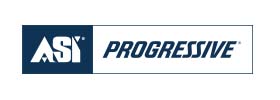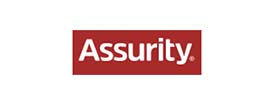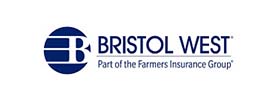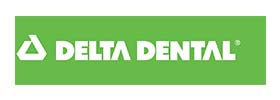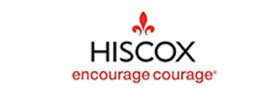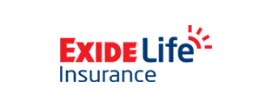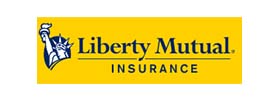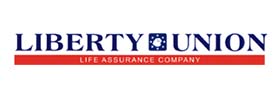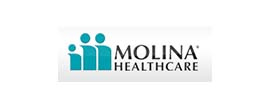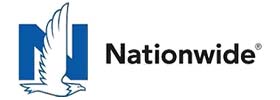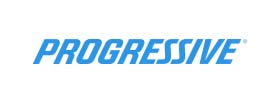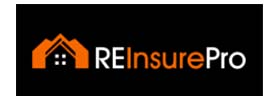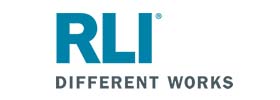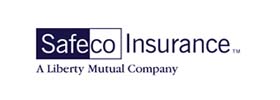
Home Business Insurance
Home business insurance: Business property vs. homeowners coverage
Home Business Insurance. The line between homeowners insurance and business property insurance can be blurry if you have a home-based business.
Your homeowners policy may provide some coverage for your business property, but limits are typically low. And it may not be enough if the value of the property is more than a few thousand dollars.
Home business insurance can help protect everything you need to run your company with much higher limits than those provided by homeowners insurance. And it offers additional protection homeowners insurance doesn’t have.
What does homeowners insurance cover?
Homeowners insurance is meant to protect your home and personal possessions.
If your house burns down in a fire or a tree comes crashing through your roof, the insurance company will help you cover costs to repair or replace your personal belongings and the physical structure of your home.
But most homeowners insurance policies only cover business property up to $2,500. So if that same tree comes crashing through your roof and destroys the equipment you use in your business, your insurer will reimburse you up to the policy’s limit for business property.
If you only need a laptop and some basic office supplies, that might be enough.
You might need business insurance if you have more than $2,500 in business equipment at your home
If you have special business equipment, office furniture, or inventory stored in your home, you probably need more coverage than what your homeowners insurance can provide.
For example, let’s say you’re a photographer and you have a studio in an extra bedroom or garage at your home. The tree destroys your camera, lighting, backdrops, props, and other equipment. If you don’t have commercial property insurance, your homeowners insurance is unlikely to reimburse you for everything you lost.
If the limit isn’t high enough to cover all the property that was damaged, you’ll have to pay the difference to replace your equipment so that you can get back to work.
If you keep business supplies somewhere other than your home, such as in your car or a storage unit, the coverage limits in a homeowners insurance policy are typically even lower.
What does commercial property insurance cover?
Commercial property insurance helps protect all the things you need to do business. Plus, it covers things homeowners insurance doesn’t. Here are three types of coverage commercial property insurance offers that can help protect your home-based business:












